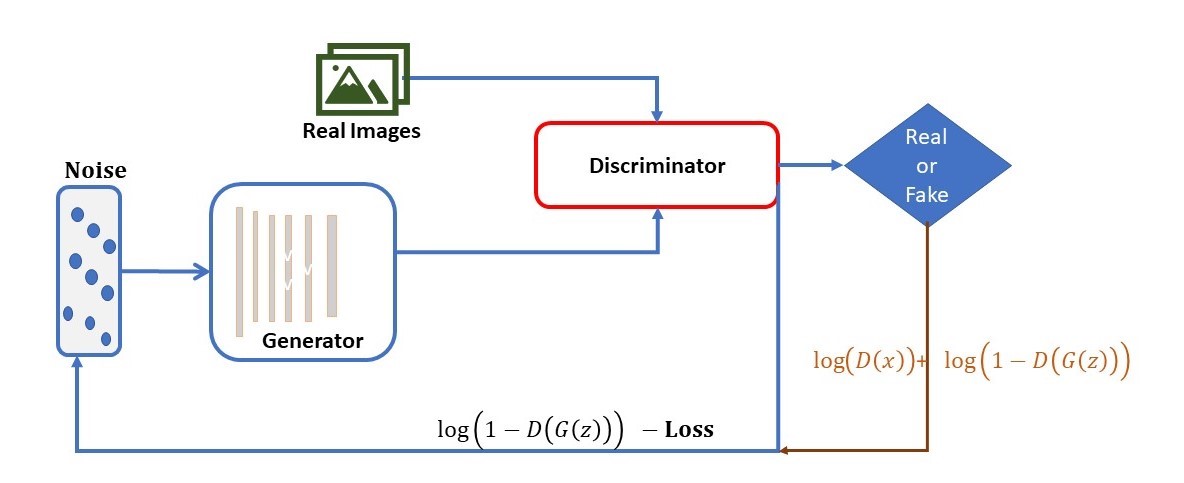A Generative Adversarial Network Based Approach for Synthesis of Deep Fake Electrocardiograms
Main Article Content
Abstract
Analyzing the data from an electrocardiogram (ECG) can reveal important details about a patient's heart health. A key component of modern medicine is the use of AI and ML-based computer-aided diagnosis tools to aid in making life-or-death decisions. It is common practice to use them in cardiology for the automatic early diagnosis of a variety of potentially fatal illnesses. The machine learning algorithm's need for a large amount of training data to build the learning model is an empirical challenge in the medical domain. To address this challenge, study into methods for creating synthetic patient data has blossomed. There is a higher risk of privacy invasion due to the need for massive amounts of training data for deep learning automated medical diagnostic systems that may help assess the state of the heart from this signal. To combat this issue, researchers have tried to create artificial ECG readings by analyzing only the statistical distributions of the accessible authentic training data.The primary goal of this study is to learn how generative adversarial networks can be used to create artificial ECG signals for use as training data in a classification task. In this study, we used both GAN and WGAN for generation of artificial ECG signals.
Article Details
References
R. Avanzato and F. Beritelli, ‘Automatic ECG diagnosis using convolutional neural network’, Electronics (Basel), vol. 9, no. 6, p. 951, Jun. 2020. %Figure citation
https://www.cdc.gov/heartdisease/facts.html.
E. J. da S. Luz, W. R. Schwartz, G. Cámara-Chávez, and D. Menotti, ‘ECG-based heartbeat classification for arrhythmia detection: A survey’, Computer Methods and Programs in Biomedicine, vol. 127, pp. 144–164, 2016.
Alzubaidi, L., Zhang, J., Humaidi, A.J. et al. Review of deep learning: concepts, CNN architectures, challenges, applications, future directions. J Big Data 8, 53 (2021). https://doi.org/10.1186/s40537-021-00444-8.
F. Alonso-Atienza, E. Morgado, L. Fernández-Martínez, A. GarcíaAlberola, and J. L. Rojo-Álvarez, “Detection of life-threatening arrhythmias using feature selection and support vector machines,” IEEE Transactions on Biomedical Engineering, vol. 61, no. 3, pp. 832–840, 2014.
Cheng, J., Zou, Q. & Zhao, Y. ECG signal classification based on deep CNN and BiLSTM. BMC Med Inform Decis Mak 21, 365 (2021).
S. Singh, S. K. Pandey, U. Pawar, and R. R. Janghel, ‘Classification of ECG Arrhythmia using Recurrent Neural Networks’, Procedia Computer Science, vol. 132, pp. 1290–1297, 2018.
T. Pokaprakarn, R. R. Kitzmiller, R. Moorman, D. E. Lake, A. K. Krishnamurthy, and M. R. Kosorok, “Sequence to sequence ecg cardiac rhythm classification using convolutional recurrent neural networks,” IEEE Journal of Biomedical and Health Informatics, vol. 26, no. 2, pp. 572–580, 2022.
J. Goodfellow, J. Pouget-Abadie, M. Mirza, B. Xu, D. Warde Farley, S. Ozair, A. Courville, and Y. Bengio, “Generative adversarial networks,” 2014.
Y. Skandarani, P.-M. Jodoin, and A. Lalande, ‘GANs for Medical Image Synthesis: An Empirical Study’. arXiv, 2021.
Gong M, Chen S, Chen Q, Zeng Y, Zhang Y. Generative Adversarial Networks in Medical Image Processing. Curr Pharm Des. 2021;27(15):1856-1868. doi: 10.2174/1381612826666201125110710.
A. Kuznetsov, O. Smirnov, A. Onikiychuk, T. Makushenko, O. Anisimova and A. Arischenko, "Adaptive Pseudo-Random Sequence Generation for Spread Spectrum Image Steganography," 2020 IEEE 11th International Conference on Dependable Systems, Services and Technologies (DESSERT), Kyiv, Ukraine, 2020, pp. 161-165, doi: 10.1109/DESSERT50317.2020.9125032.
H. Mansourifar, A. Moskovitz, B. Klingensmith, D. Mintas and S. J. Simske, "GAN-Based Satellite Imaging: A Survey on Techniques and Applications," in IEEE Access, vol. 10, pp. 118123-118140, 2022, doi: 10.1109/ACCESS.2022.3221123.
M. Arjovsky, S. Chintala, and L. Bottou, ‘Wasserstein GAN’, arXiv [stat.ML]. 2017.
Y. Shahriari, R. Fidler, M. M. Pelter, Y. Bai, A. Villaroman and X. Hu, "Electrocardiogram Signal Quality Assessment Based on Structural Image Similarity Metric," in IEEE Transactions on Biomedical Engineering, vol. 65, no. 4, pp. 745-753, April 2018, doi: 10.1109/TBME.2017.2717876. %SSIM Indicator
N. M. Verulkar and R. R. Ambalkar, "Discriminant analysis of Electrocardiogram (ECG) signal using cross correlation," 2016 International Conference on Automatic Control and Dynamic Optimization Techniques (ICACDOT), Pune, India, 2016, pp. 523-526, doi: 10.1109/ICACDOT.2016.7877640. % Cross correlation
A. L. Goldberger, L. A. Amaral, L. Glass, J. M. Hausdorff, P. C. Ivanov, R. G. Mark, J. E. Mietus, G. B. Moody, C. K. Peng, and H. E. Stanley, “PhysioBank, PhysioToolkit, and PhysioNet: components of a new research resource for complex physiologic signals,” Circulation, vol. 101, pp. E215–20, June 2000.

